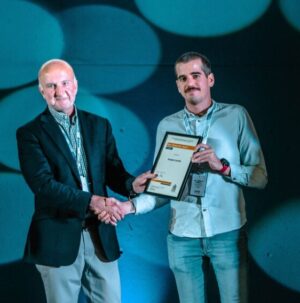ÖSSZEFOGLALÓ
Kutatásunk a magyarországi gyerekek egészségi állapotában fennálló társadalmi különbségeket vizsgálja a 2010-es években. Az elemzések alapját számos adminisztratív adatbázis és survey jellegű információforrás adja. Beszámolónk összegyűjti, egységes statisztikai keretbe rendezi a rendelkezésre álló mikroszintű adatok többségét, és a laikus közvélemény számára is követhető formában értelmezi őket. A vizsgálatunk rámutat arra, hogy gyermekek egészsége milyen nagy mértékben függ össze azzal, hogy milyen társadalmi közegbe születtek, hogy milyen életkörülmények és jövedelmi viszonyok között élnek, illetve hogy milyen viselkedési sajátosságokkal rendelkeznek ők maguk és a szüleik.










